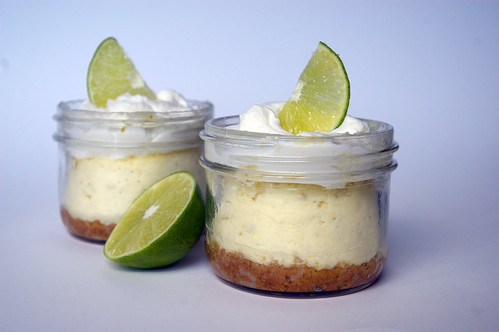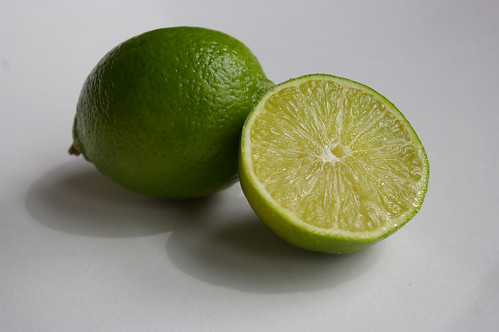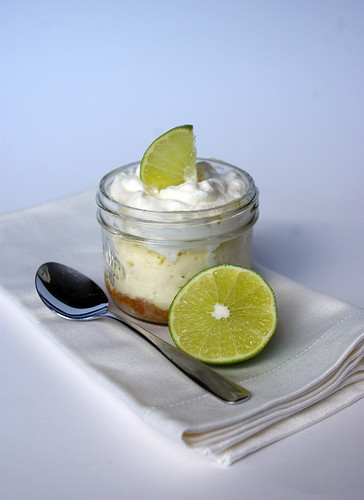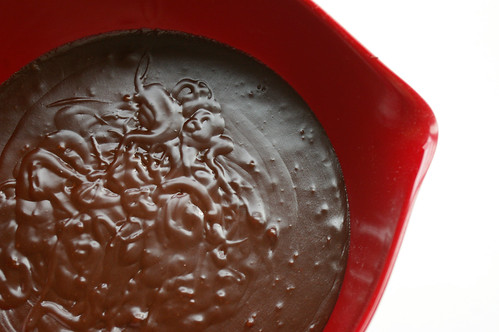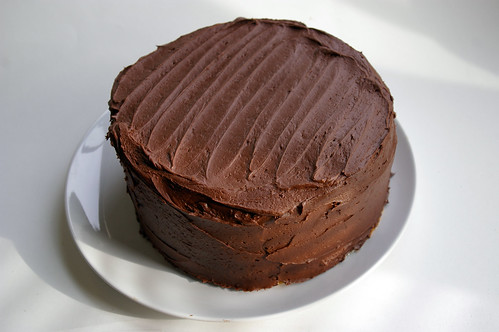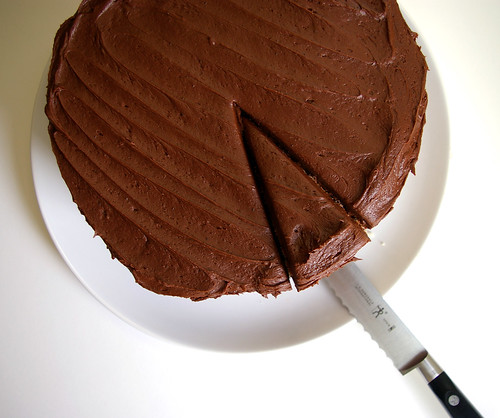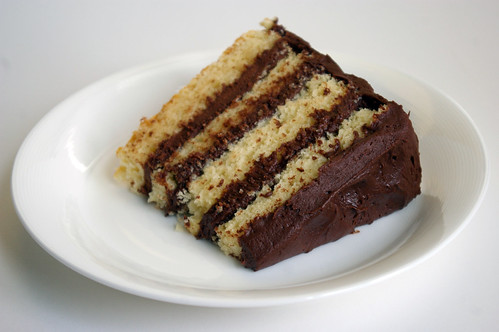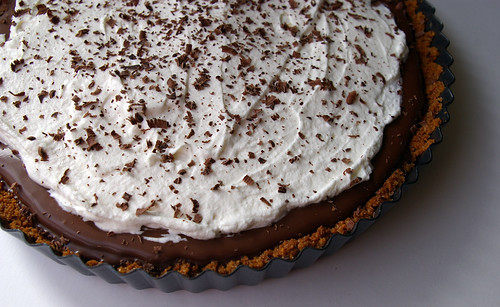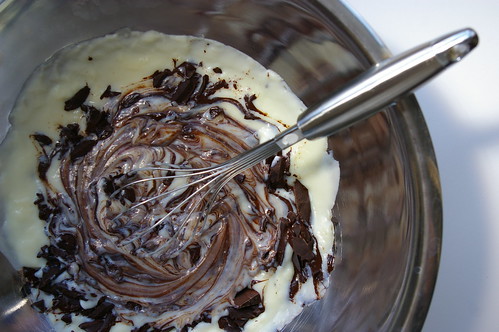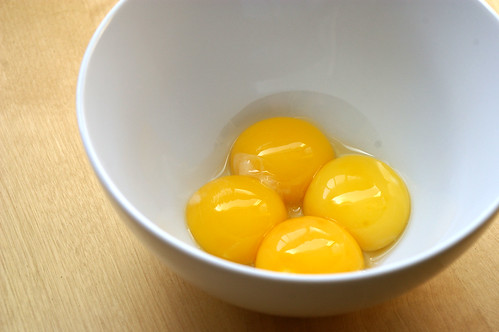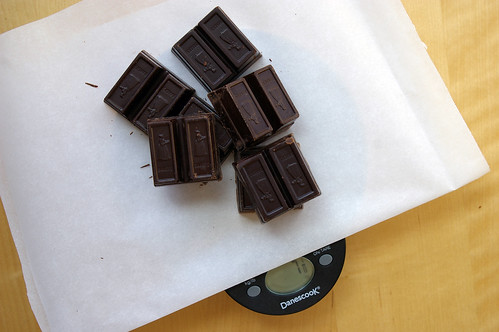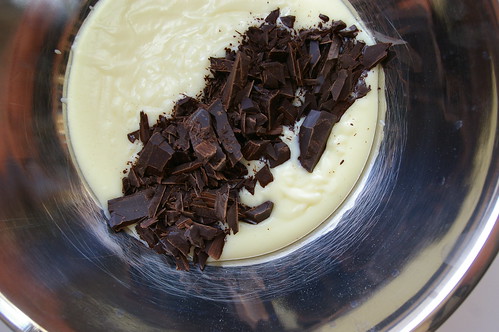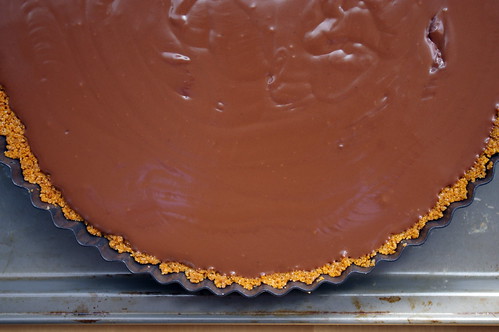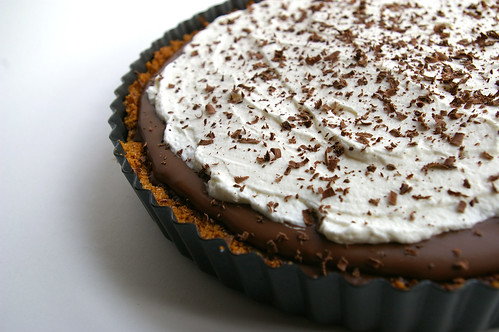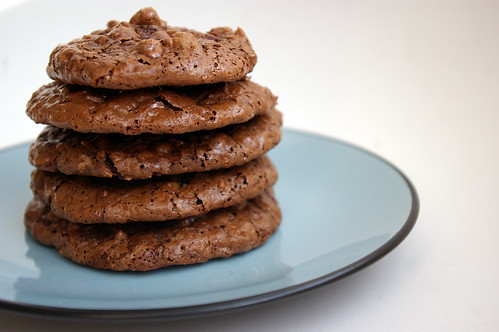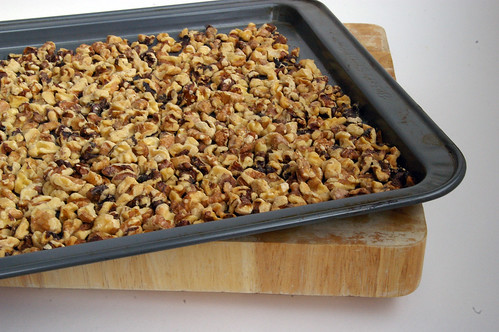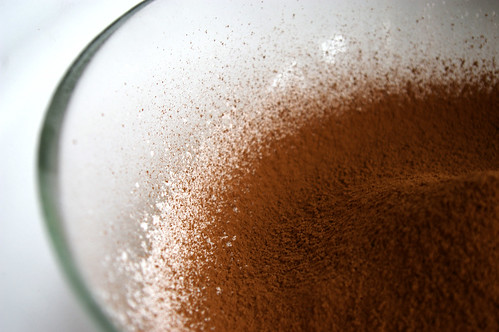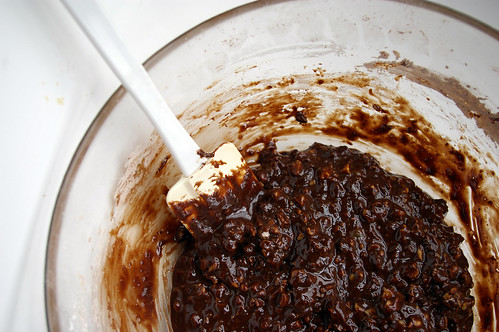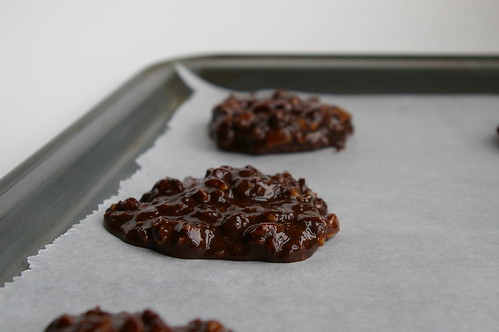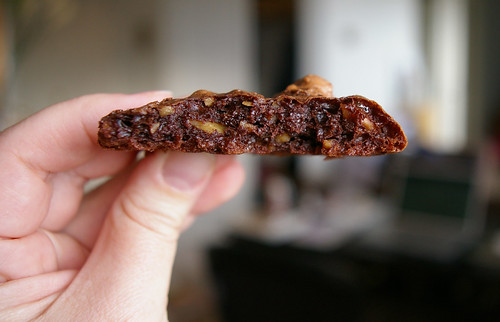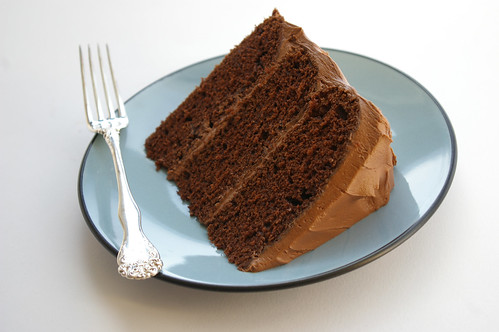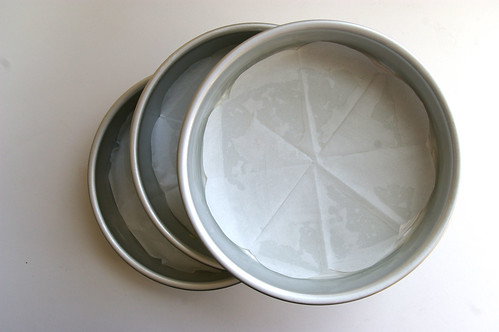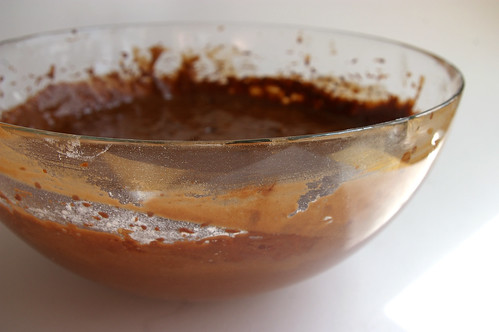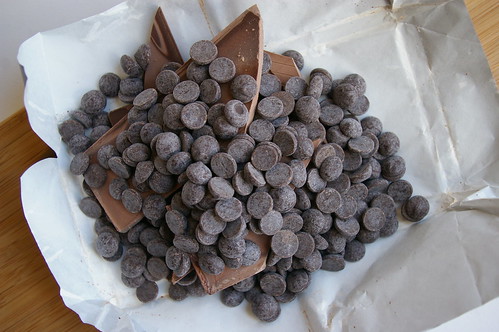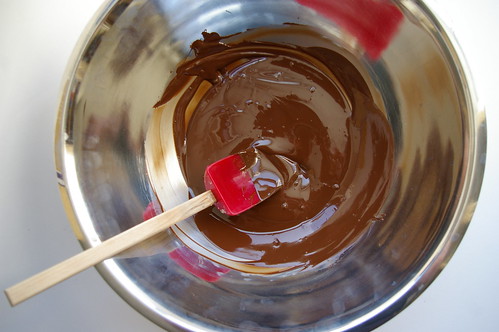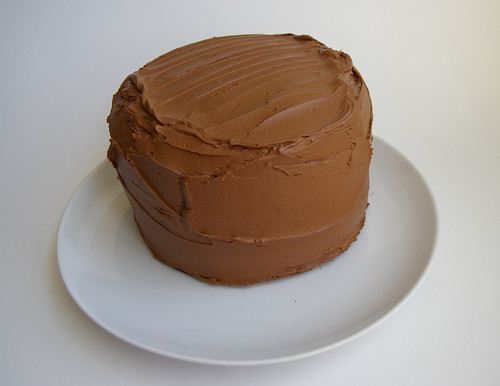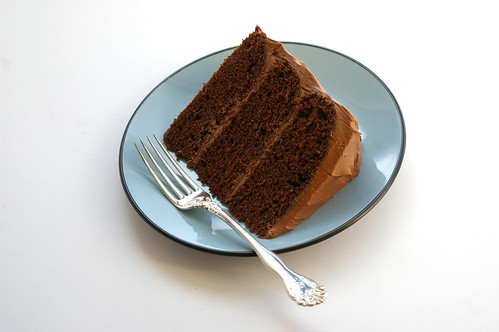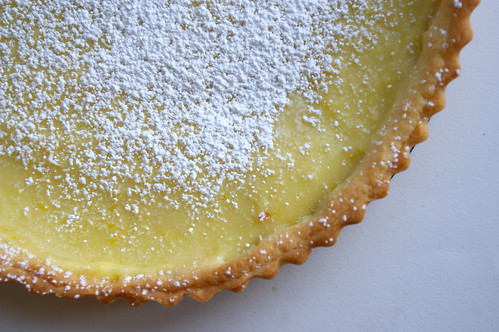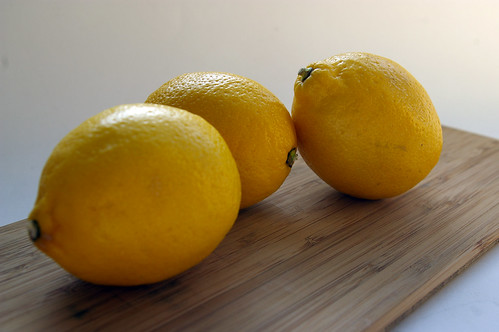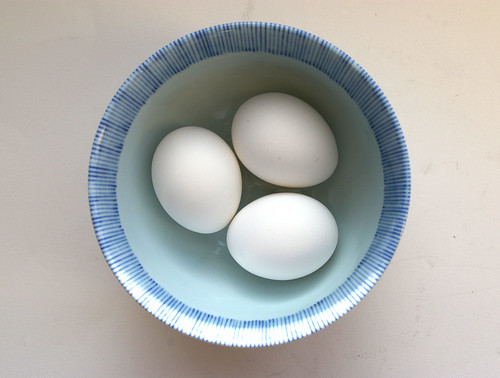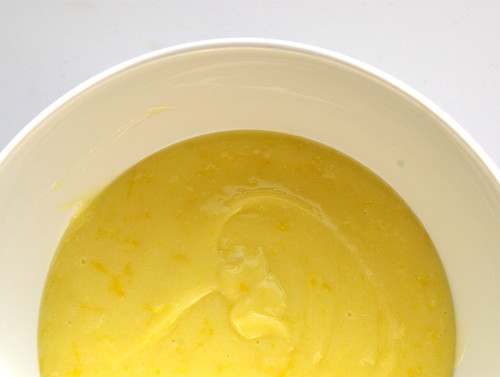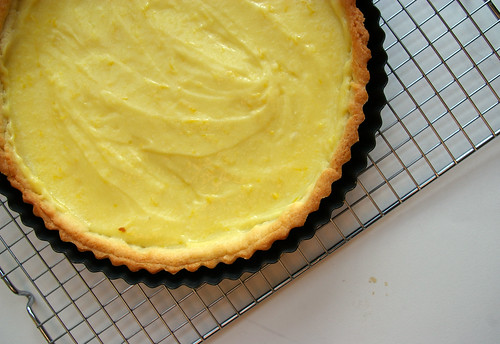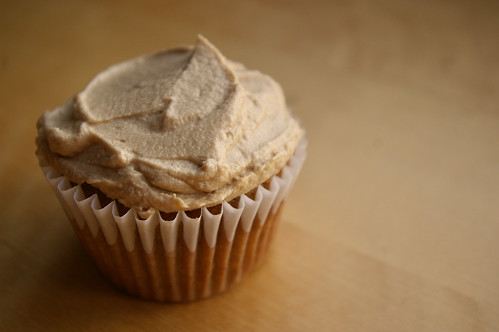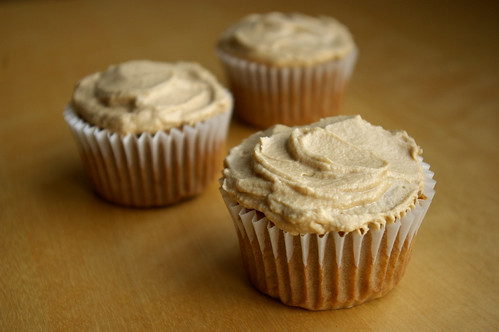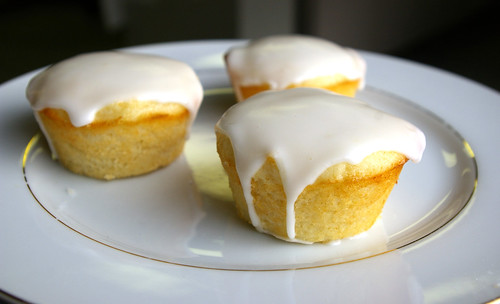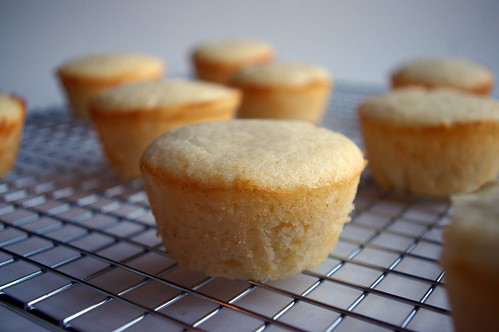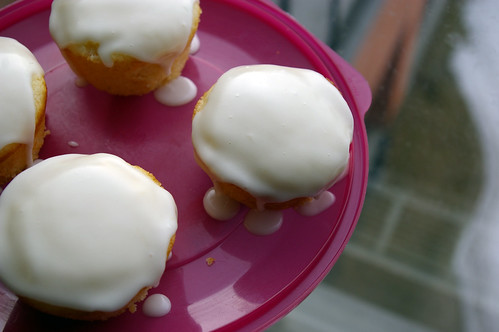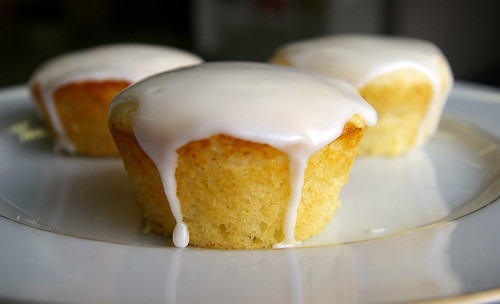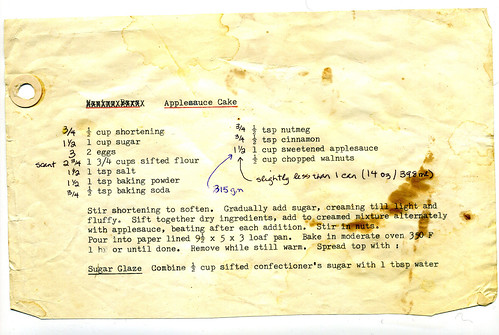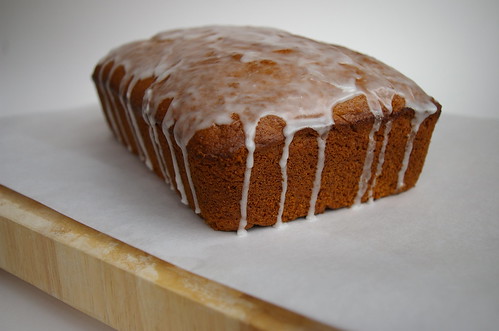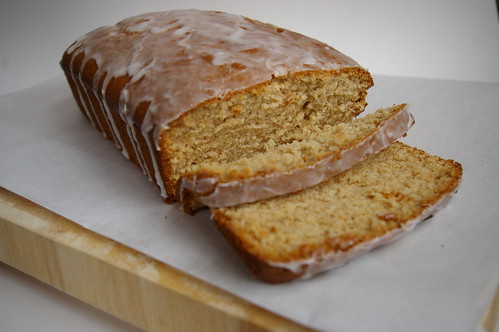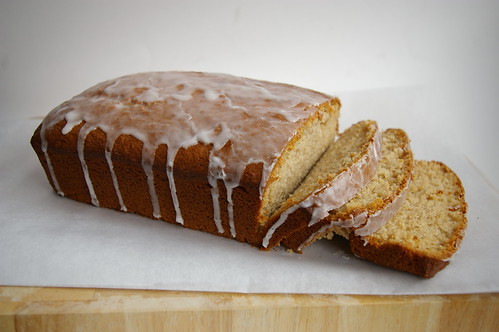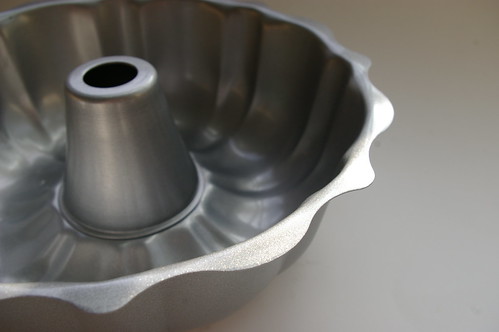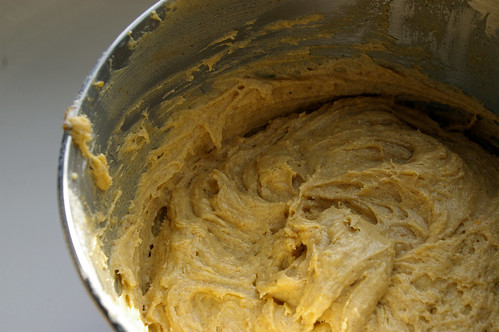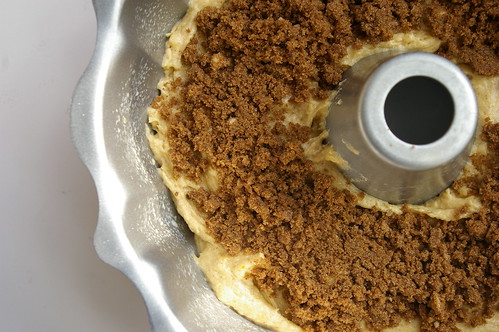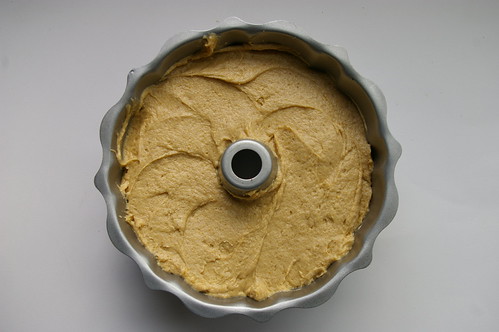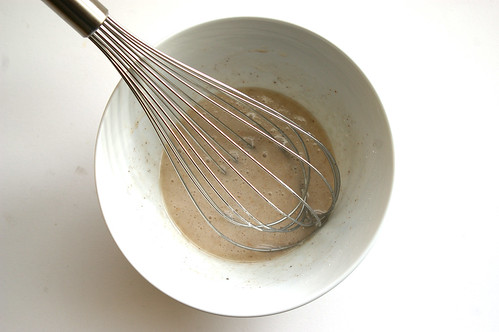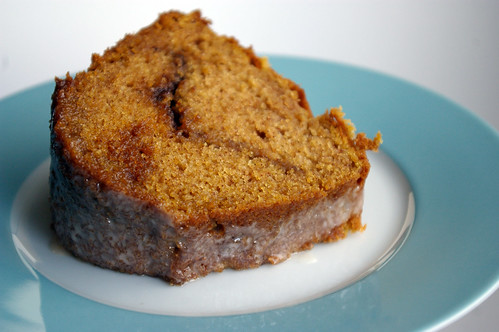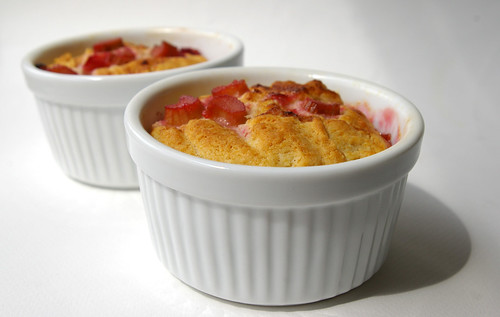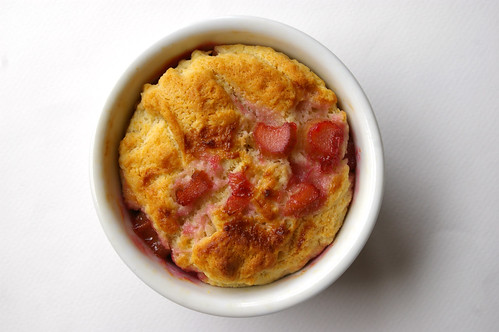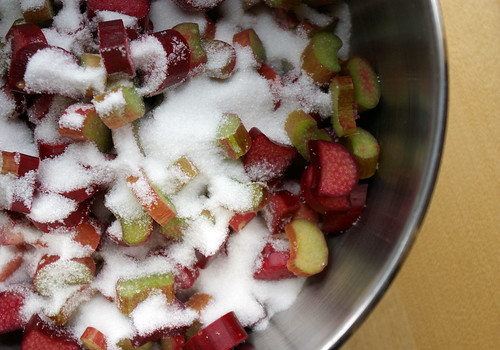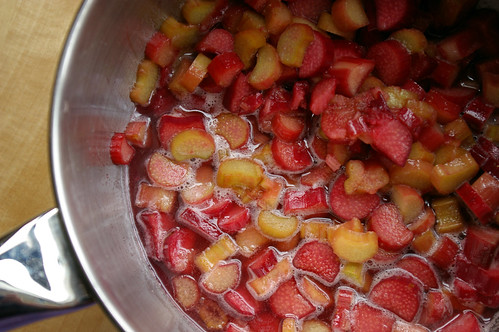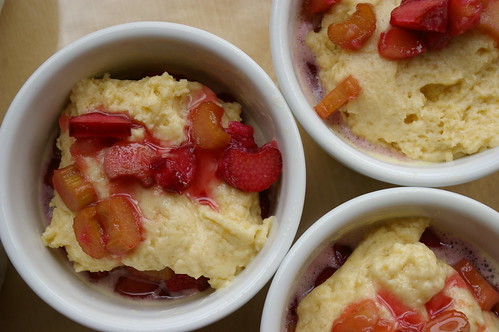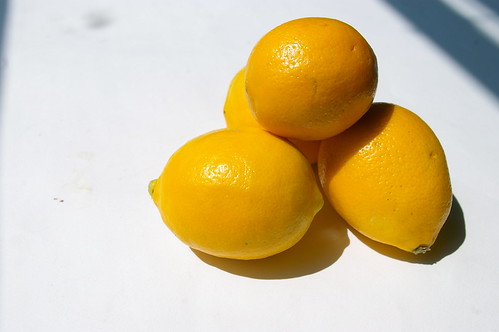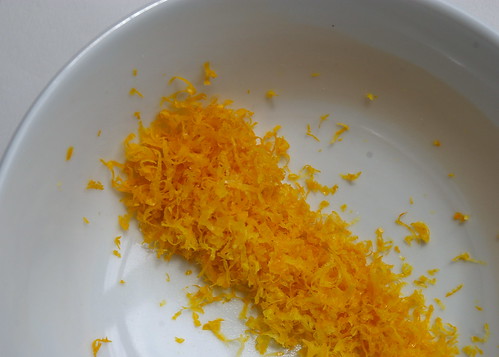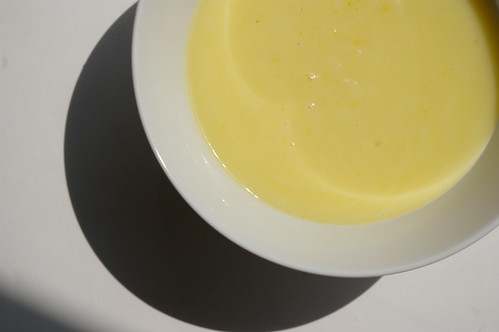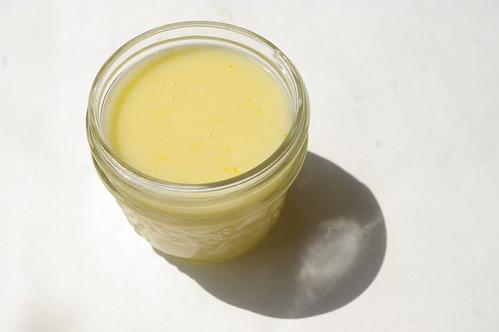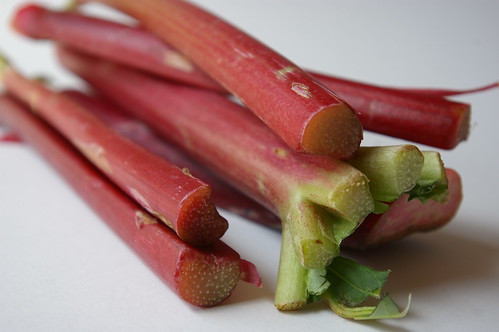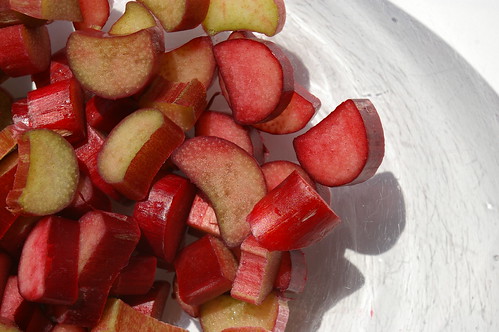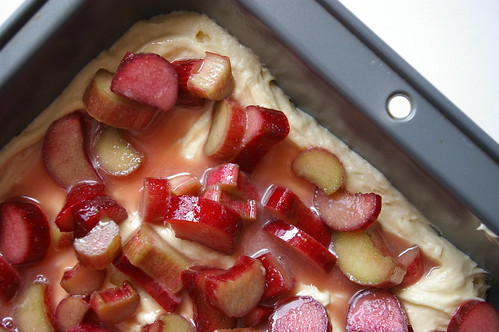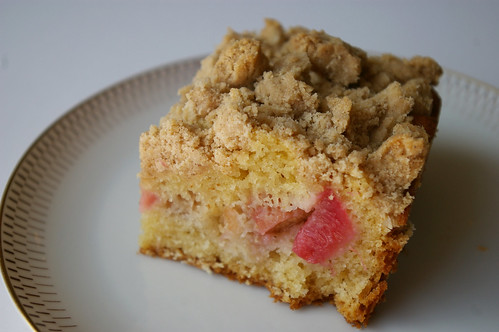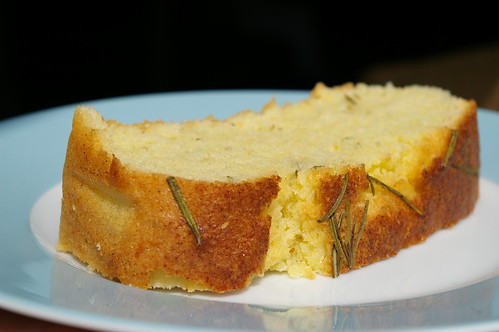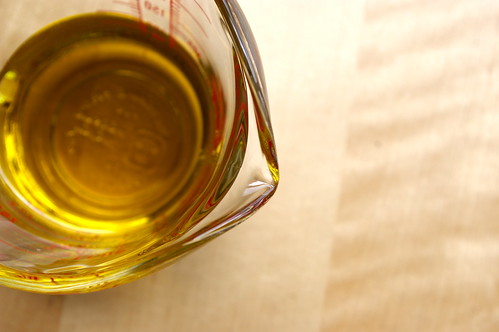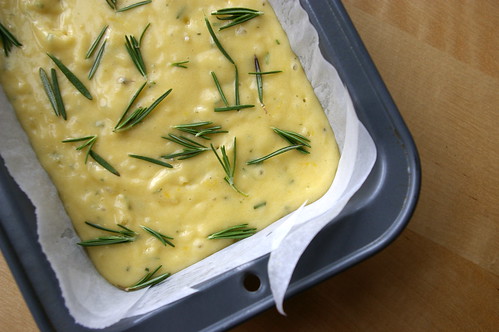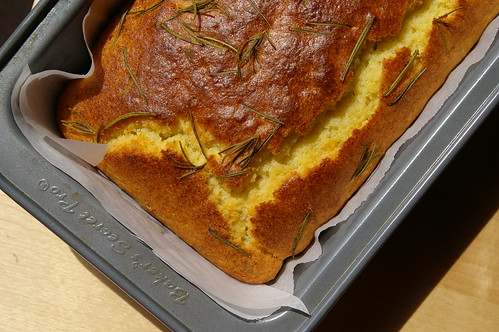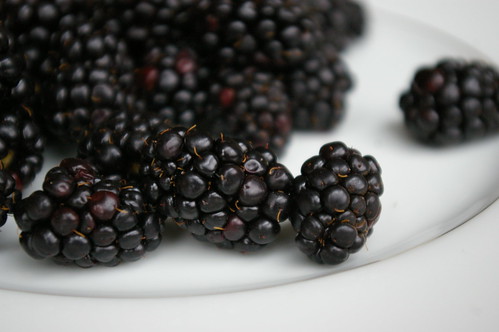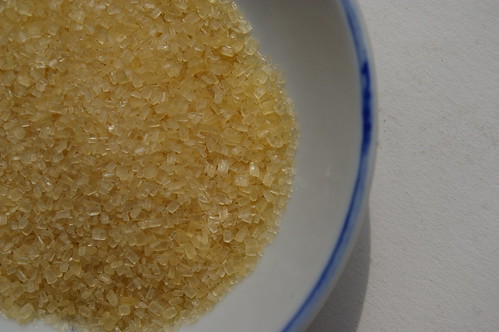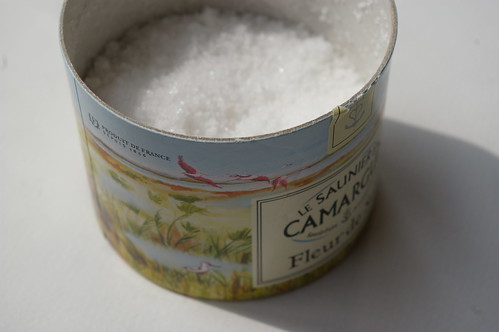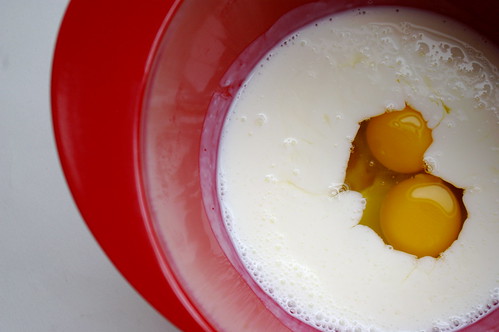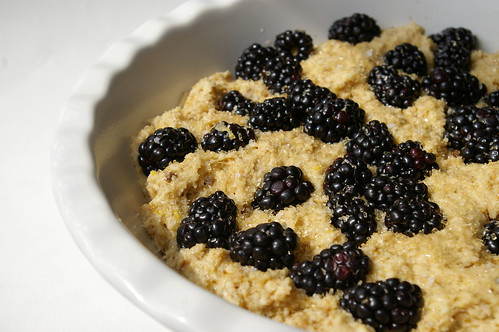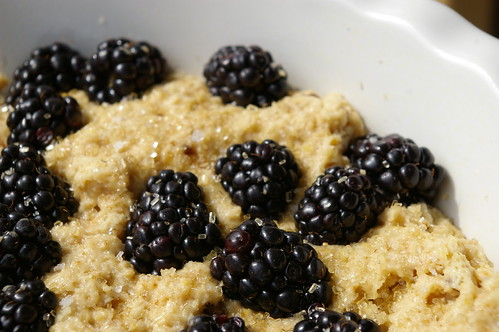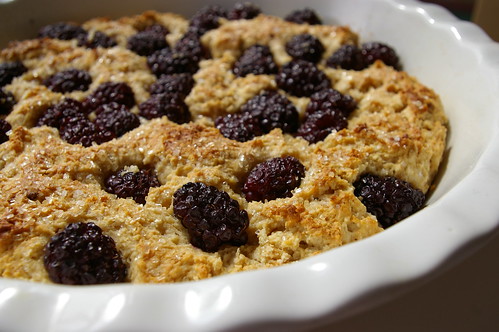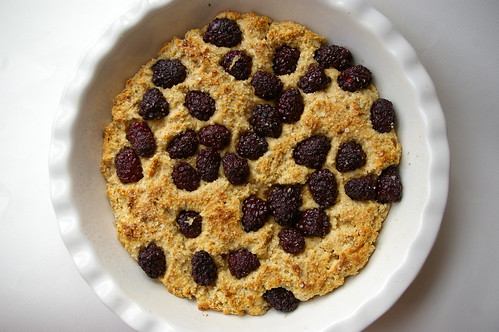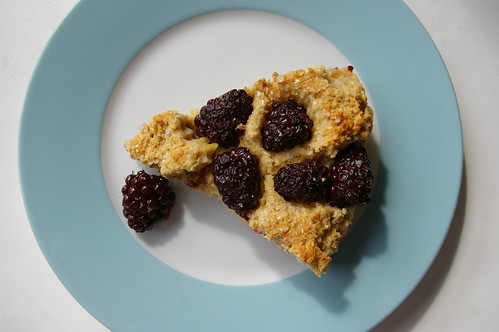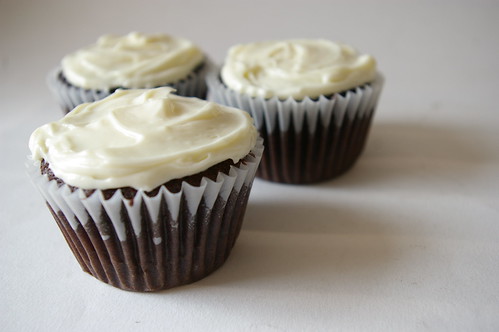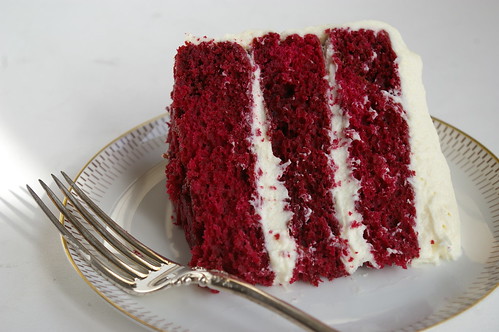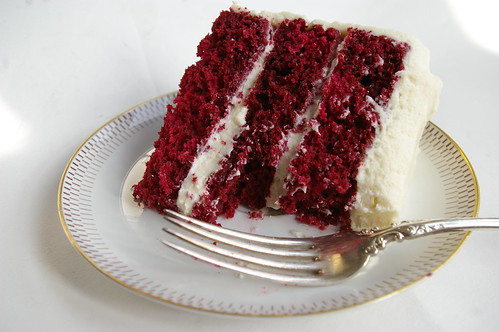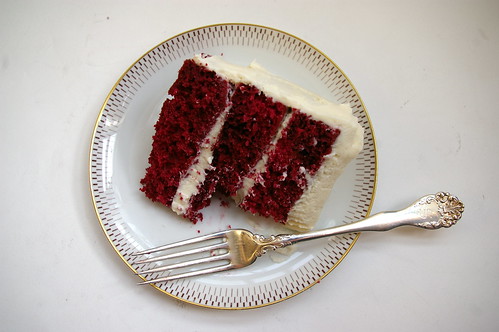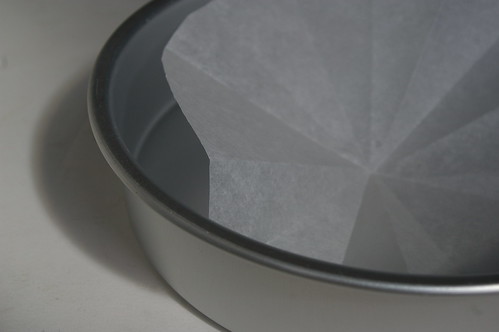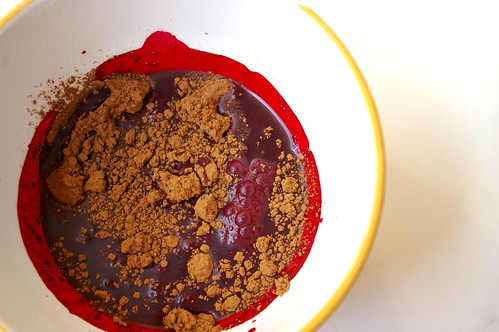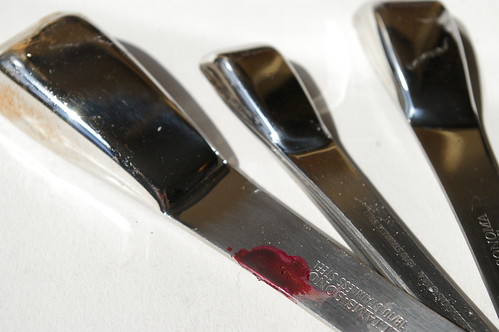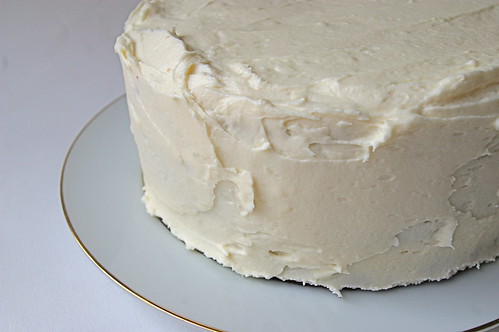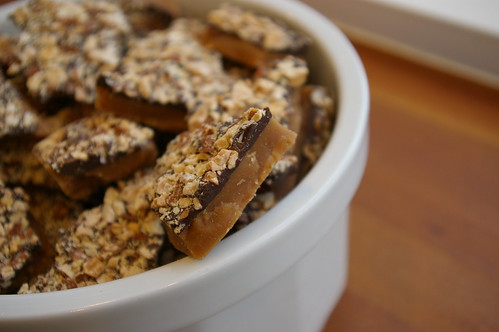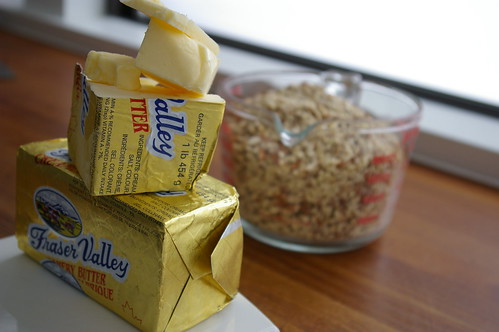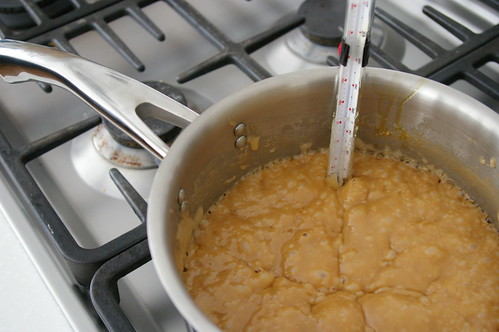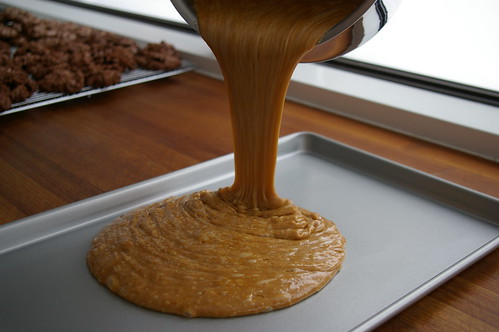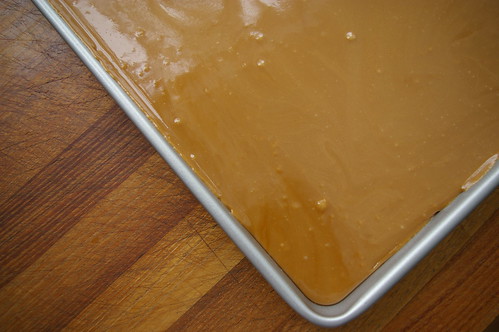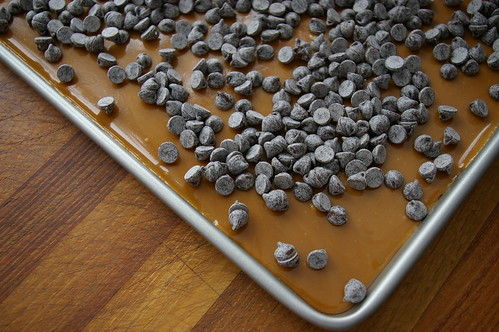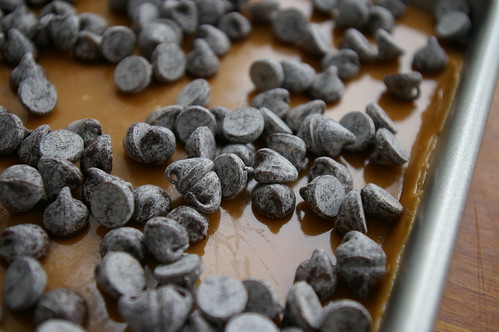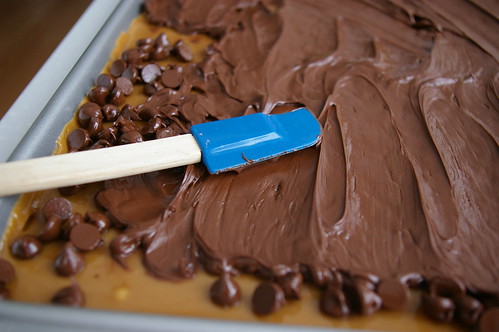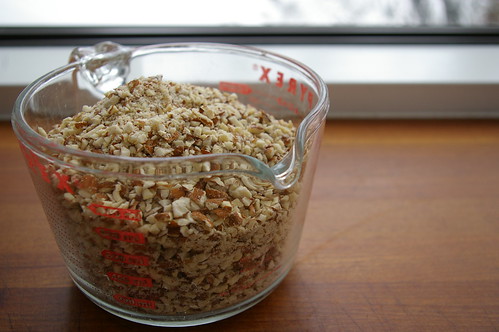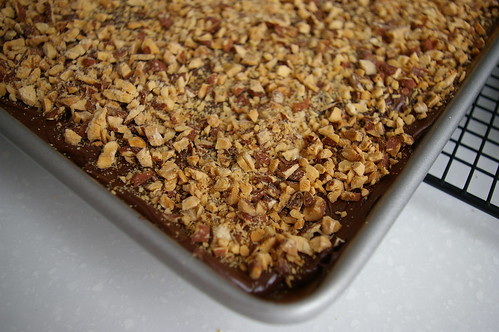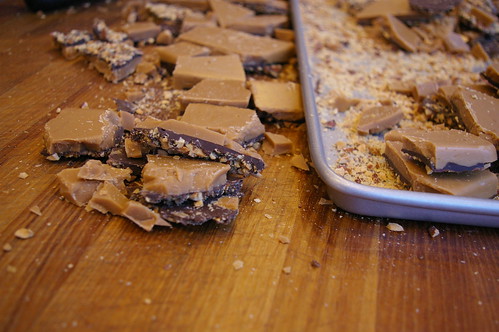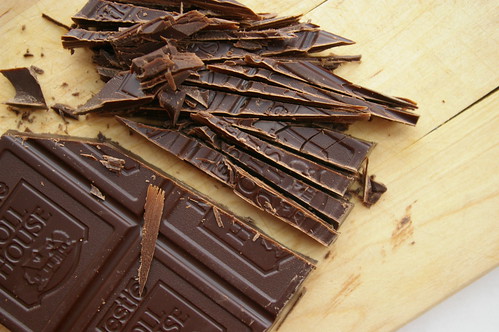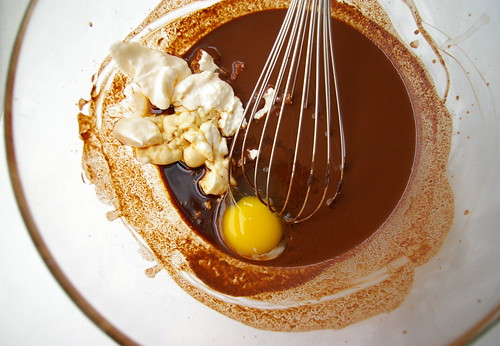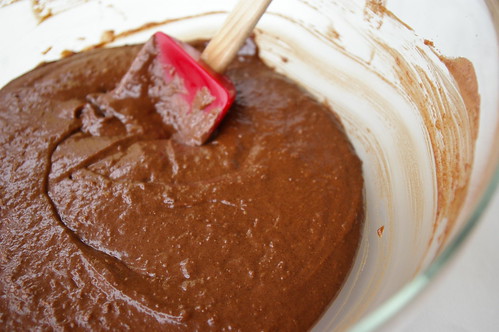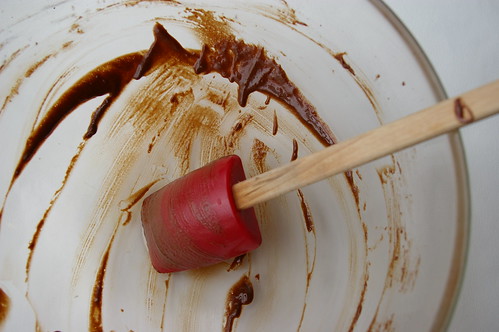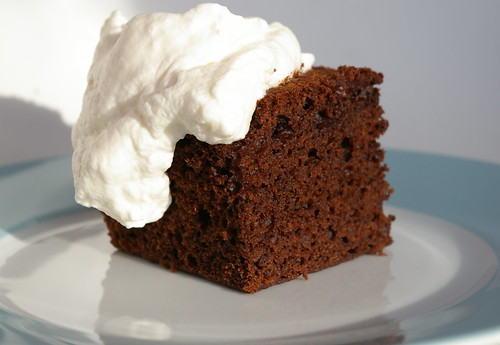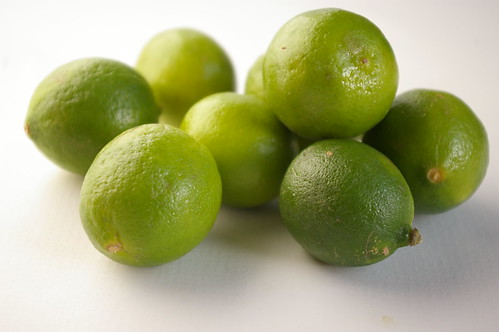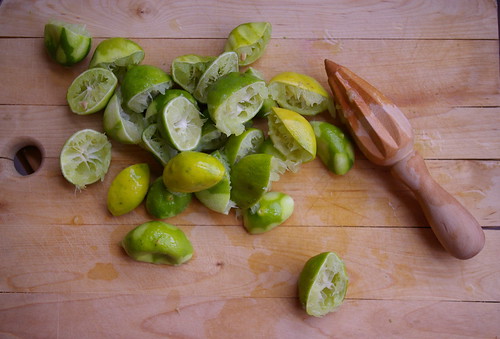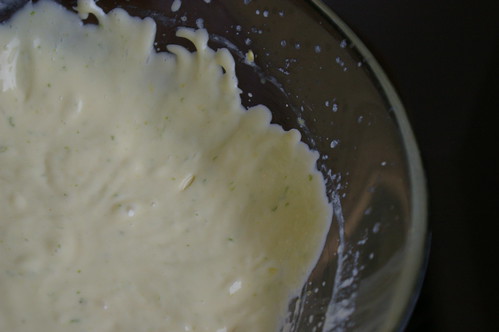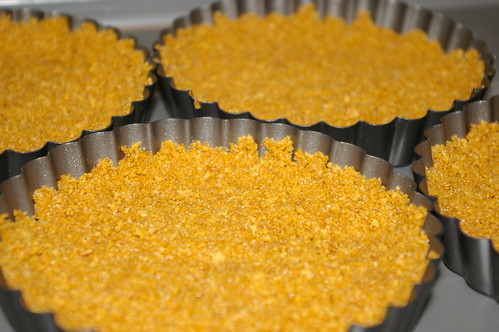Under normal circumstances, microwave cheesecake would be an ideal summer dessert for the sole reason that it doesn’t require you to turn on your oven.
However, this summer has been anything but normal.
So, instead, I’m going to tell you that these little cheesecakes are ridiculously easy, super tasty and highly transportable and those are three very fine reasons to consider trying it out. And, hey, if the forecasters are right and we’re going to sail through the rest of August on a heat wave, then feel free to use not wanting to turn on your oven as an excuse, too.
The more rationale, the better, I say.
Not that cheesecake should require any rationale.
These ones certainly don’t.
Now, I’m not going to lie. If you’re looking for a silky smooth cheesecake with nary a crack marring the surface, lovingly cooked in a water bath and chilled overnight in the fridge, this isn’t the recipe for you.
If you’re looking for something you can whip up in seven minutes — including cooking time — that sits in the fridge for an hour and then can be devoured, giving you the same tart lime cheesecake taste as the regular kind with almost the same amount of smoothness, then this is the recipe for you.
It was for me.
The hardest part was waiting for it to chill enough.
And the best part was because I used mason jars, I could just slap on a lid and take it with me, which would be ideal for picnicking or making an office lunch a little more luxurious.
I used two one-cup (250 mL) mason jars to make the cheesecakes and had a little bit of batter left over. In hindsight, I can tell you I filled the jars a bit too full.
At some point, I may want to sit down and reexamine the subject of portion control. At the time, though, it seemed like a good idea. After all, the recipe said it makes two to four cheesecakes, so two seemed more than reasonable.
Please take my suggestion and make at least three, for a few reasons: 1: These jars are pretty giant and the cheesecake is, naturally, a bit rich and may be better in a slightly smaller dose. 2: Three or four cheesecakes means you can share more easily with more people. That or you can spread them out over several sittings.
3: You won’t be watching anxiously through the microwave door as the cheesecake mixture souffles up and over the jars’ edges, threatening to spill all over the rotating tray.
As it was, all that fretting was for nothing. They didn’t spill, but I think it would have been better without the panic.
Out of the microwave, they settled nicely into a slightly concave top.
I filled that with whipped cream — purely for esthetic reasons, of course. But later I thought some fresh fruit would have been nice.
I liked the slightly tart taste of limes countering the richness of cheesecake, but suspect this recipe can be easily adjusted to suit other flavours, such as lemon (by switching the zest and juice to that fruit) or a straight-up vanilla cheesecake by omitting the citrus and adding a teaspoon or so of vanilla extract. That would be particularly delicious topped with summer berries or a fruit compote.
After all, it only takes about seven minutes to try a new variation. The tricky part will be waiting the hour to see how it tastes.
Microwave Lime Cheesecake
- 3 tbsp (50 mL) butter, melted
- 1/2 cup (125 mL) graham cracker crumbs
- 1 tbsp (15 mL) sugar
- 8 oz (250 g) cream cheese, softened
- 1/3 cup (75 mL) sugar
- zest of one lime
- 2 tbsp (25 mL) fresh lime juice
- 1 egg
Combine the graham cracker crumbs with melted butter and 1 tbsp (15 mL) sugar. Divide between two to four 1-cup (250 mL) jars or ramekins and press into the bottom.
Mix the rest of the ingredients until smooth. Divide evenly into jars or ramekins with crumbed bottoms.
Place in microwave for 2 minutes. The top of the cheesecake should appear dry when cooked. If it doesn’t look quite done, microwave at 30-second intervals until the tops appear dry. (For my extremely full jars, I needed 2 minutes and 30 seconds.) If you don’t have a rotating microwave tray, cook for 1 minute then turn the jars or ramekins and microwave for another minute.
Chill in refrigerator for 1 hour. Garnish with whipped cream or fresh berries and serve.
This story first appeared in the Real Life section in the Calgary Herald. For more delicious recipes, visit CalgaryHerald.com/life.

